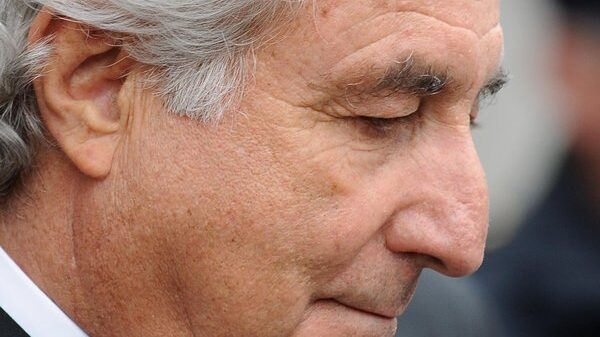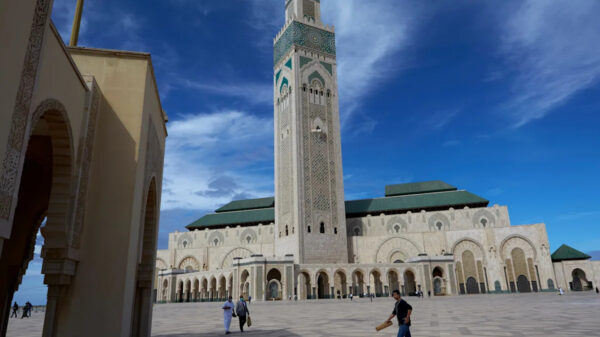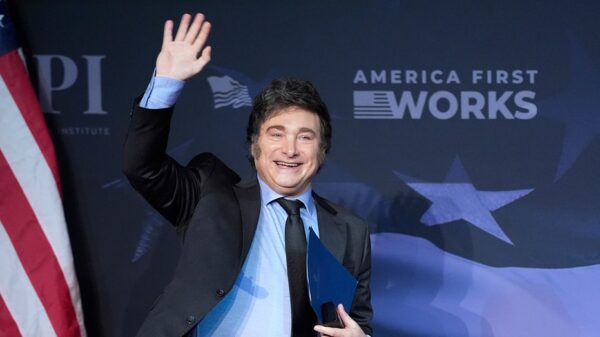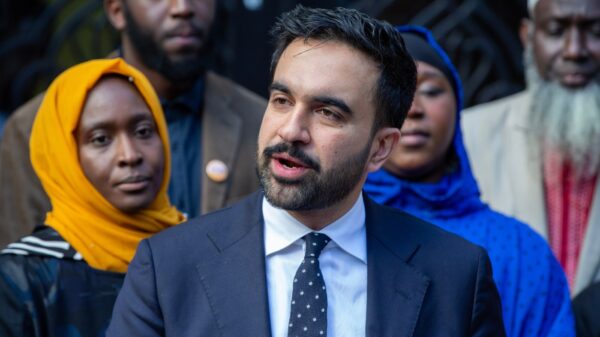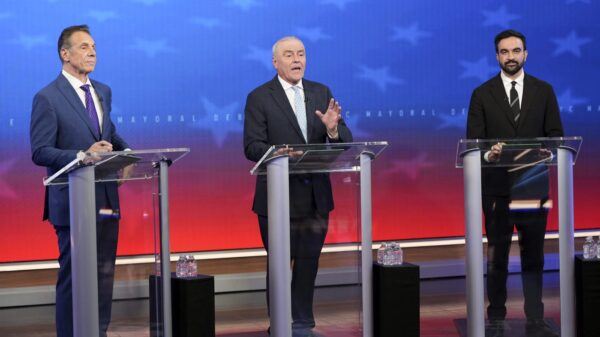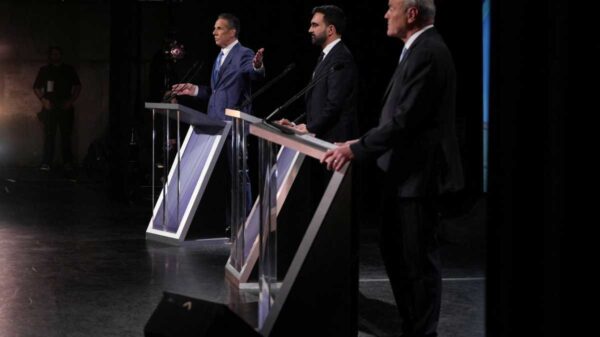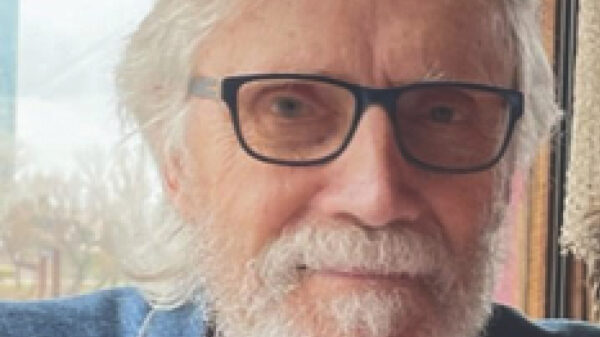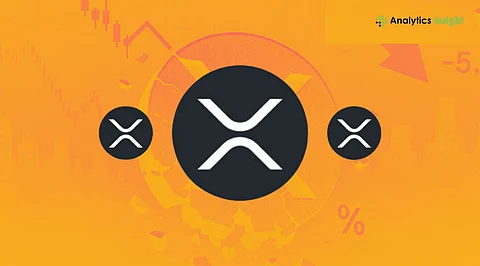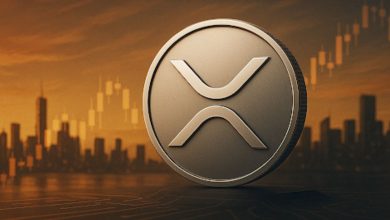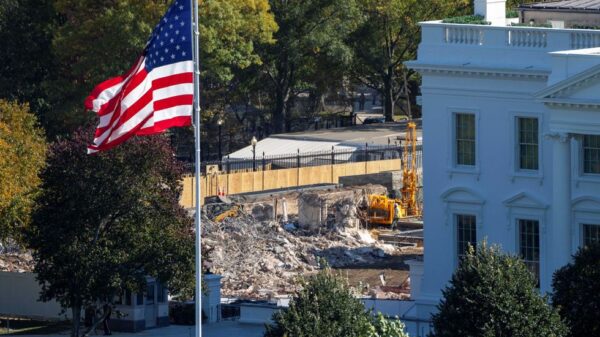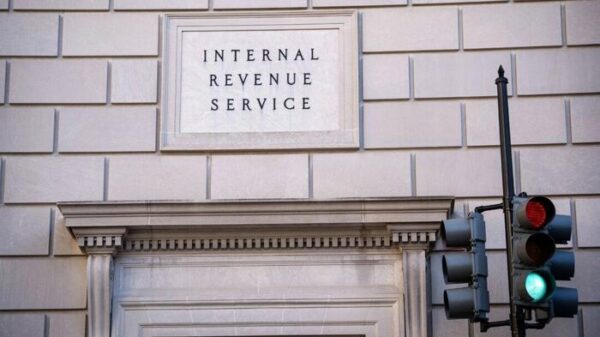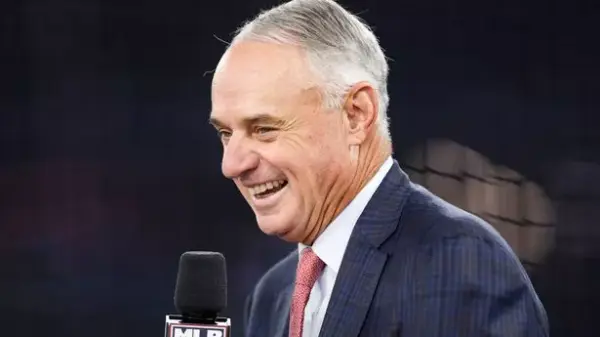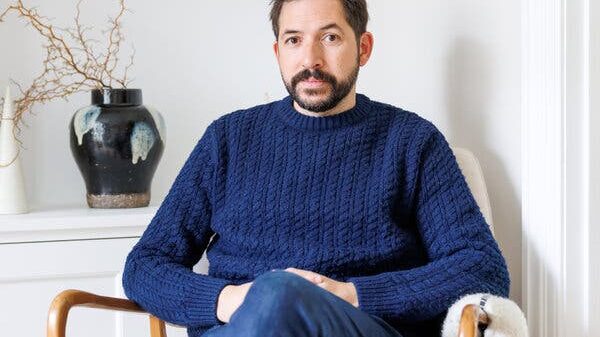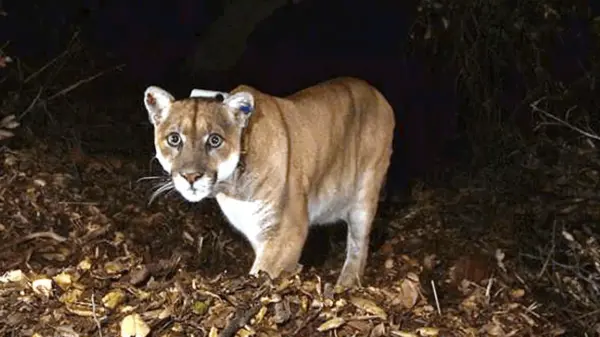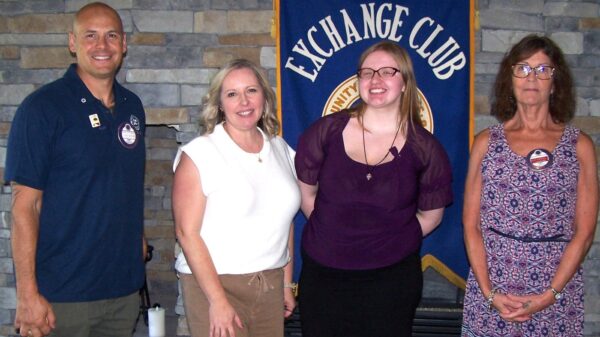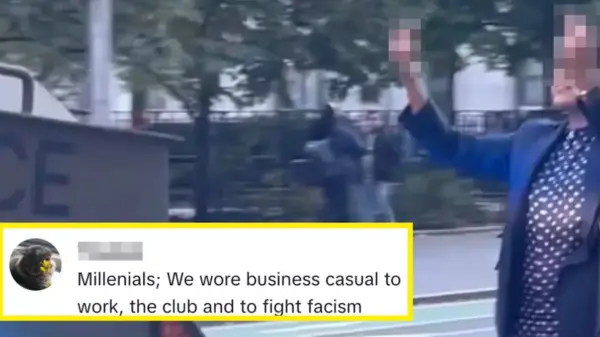President Donald Trump arrived in Japan on October 23, 2023, with expectations of finalizing a significant trade agreement with China during his ongoing Asian tour. His visit comes shortly after the inauguration of Japan’s first female Prime Minister, Sanae Takaichi, who is eager to establish a strong rapport with the U.S. leader to help alleviate trade tensions between the two nations.
As Trump flew into Tokyo, he expressed optimism about the potential for a U.S.-China trade agreement, stating he hoped the deal would be completed before he returned to Washington. Takaichi’s inaugural meeting with Trump represents a crucial diplomatic moment for her administration, which is supported by a fragile coalition.
During his flight, Trump addressed reporters aboard Air Force One, joined by Secretary of State Marco Rubio, Treasury Secretary Scott Bessent, and U.S. Trade Representative Jamieson Greer. He praised Takaichi, highlighting her relationship with former Prime Minister Shinzo Abe, with whom he had previously established a strong connection. “I hear phenomenal things about Takaichi,” he remarked. “It’s going to be very good. That really helps Japan and the United States.”
The President’s only scheduled event on his arrival day was a meeting with Emperor Naruhito at the Imperial Palace, Japan’s ceremonial head of state. Prior to Japan, Trump spent time in Malaysia, where he engaged in a regional summit with Southeast Asian nations, securing preliminary trade agreements with Thailand, Cambodia, and Vietnam.
Trump’s remarks indicated a strong commitment to advancing discussions with China. He stated that he expected to reach an agreement in the coming days, citing an initial consensus between U.S. and Chinese officials for a high-stakes meeting with Chinese leader Xi Jinping later in the week. “I have a lot of respect for President Xi,” Trump noted, expressing confidence in the potential for a deal.
Bessent confirmed on the CBS program “Face the Nation” that a deal involving the social media platform TikTok, initially announced last month, is also set to be finalized during the Trump-Xi meeting. Following his engagements in Japan, Trump is scheduled to conclude his Asian tour in South Korea, where he is expected to meet with Xi on the sidelines of the Asia-Pacific Economic Cooperation forum (APEC).
In addition to trade discussions, Trump expressed his willingness to extend his visit to Asia if an opportunity arises to meet with North Korean leader Kim Jong Un. Despite previous attempts to reconnect with Kim, there has been no response from the North Korean side. “If he wants to meet, I’ll be in South Korea,” Trump stated.
On other political matters, Trump dismissed speculation about potentially running for vice president as a pathway back to the presidency. He acknowledged that while the option exists, he finds it “too cute” to pursue. His comments came amid ongoing conversations about future Republican candidates, where he praised Rubio and J.D. Vance as formidable contenders.
The President’s trip comes at a time of heightened security concerns in the region, particularly regarding access to the South China Sea and the status of Taiwan. Despite these challenges, Trump’s primary focus remains on trade and his commitment to an “America first” economic policy, which often involves tariffs on imports from both allies and adversaries. His unilateral authority to impose tariffs is currently under scrutiny as he awaits a Supreme Court decision that could affirm or limit his powers in this area.
In Tokyo, Trump aims to reinforce economic ties while navigating the complexities of regional security dynamics. His diplomatic efforts highlight the intricate balance between fostering bilateral relationships and addressing pressing international challenges.


